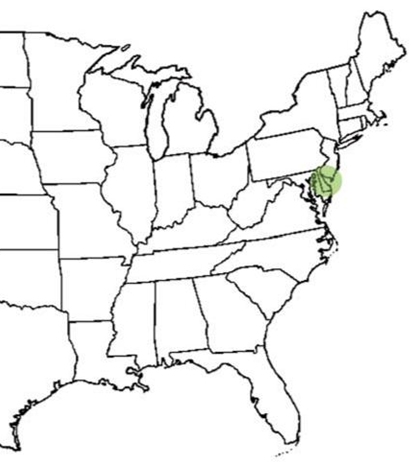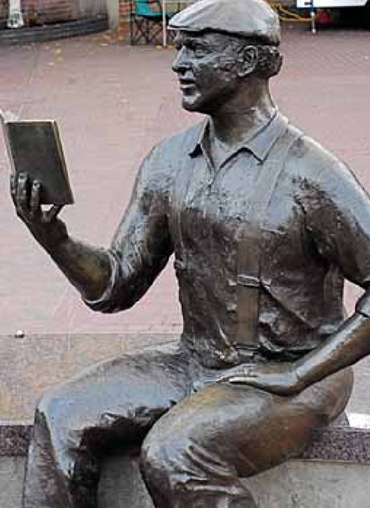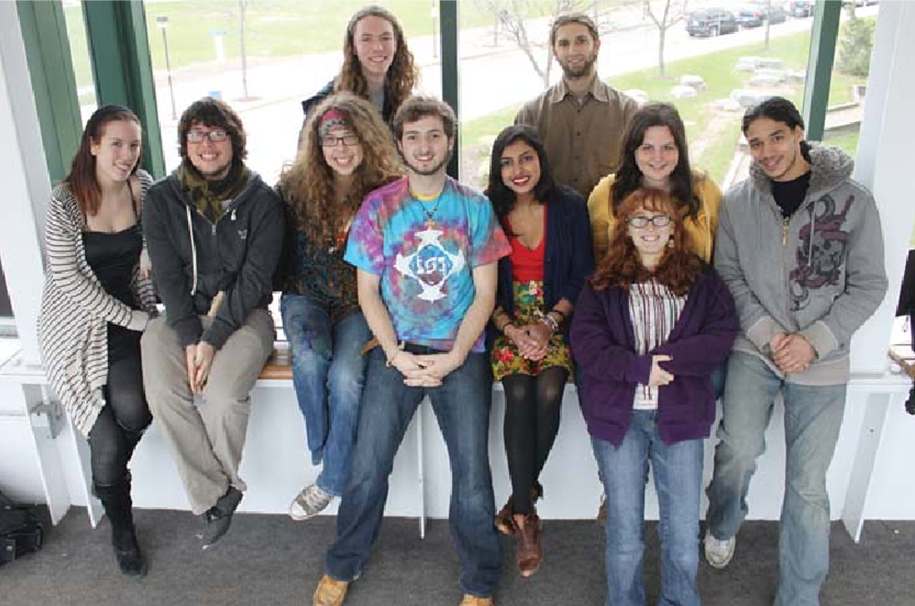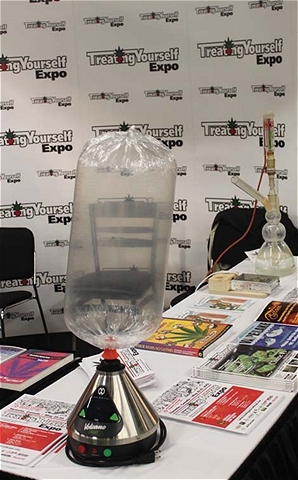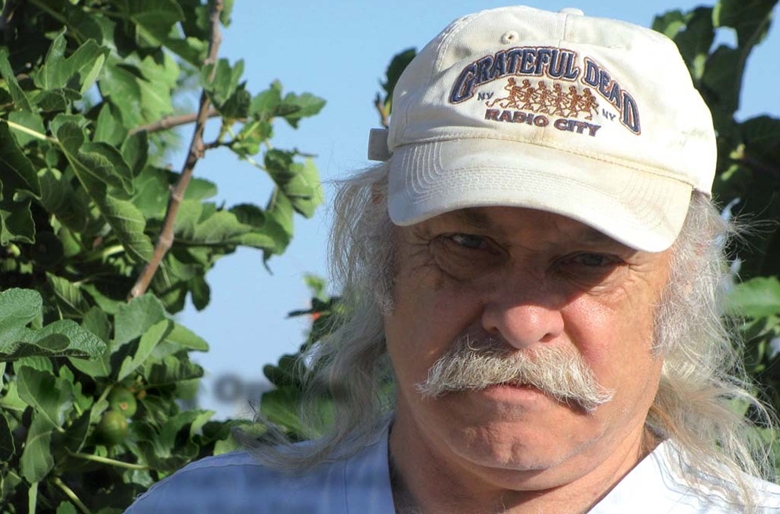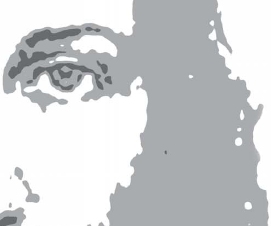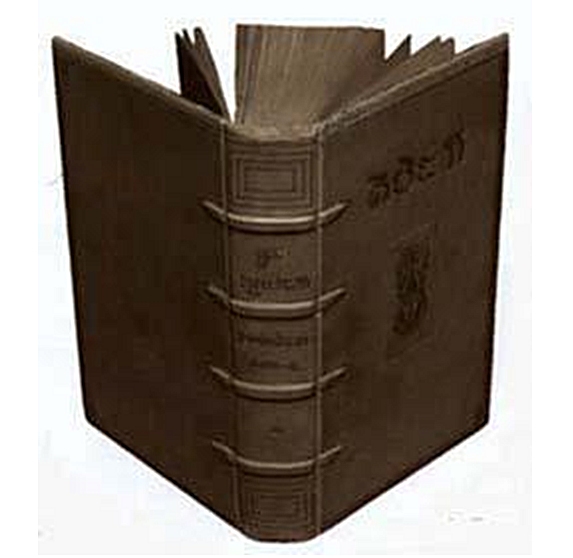
Medical Marijuana
When I heard from my dear friend Jerry B., I gathered a few of our spiritual community’s voices to speak about Oregon’s Medical Marijuana Program, aka OMMP.
I really want to remind those who read our articles that the majority of us who are on the medical programs are patients first and that our voices need to be heard among all those that pass or initiate legislation that impacts us. Stoney Girl [Stoney Girl Gardens] is already covered regularly, so wished to introduce the Skunk reading audience to the not as well known voices in Oregon.
Now as this article is being written, Casper Leitch of Time 4 Hemp is moving to Portland, [time4hemp.com], Ed Rosenthal, Ask Ed, is going to make Portland his temporary home, and even Doug McVay from Berkeley’s Patient group has decided to come and work in Portland!
While many of these well-known activists are coming here to take on the challenges facing Oregon Card Holders, reverends like Will I Am Winget, Church of the Caring, Senior Minister of the Ministry of the Caring, has been here in Eugene placing the sacrament in the hands of those he has ministered to since before I arrived here from the East Coast in 1982.
To my family: why can’t you see how this unjust war on drugs is against our family and has no just reason for existing?
The US Government declared war on me/us, which has caused suffering, separation, and no end of heartaches for all of us.
Since we are prisoners of conscience, and not because of committing criminal acts, we if/when arrested should be taken to internment camps, not jails or prisons, and be accorded the rights guaranteed by the Geneva Convention. This in turn would free up jail space for real criminals, robbers, rapists, murderers, etc., while shifting all the resources that had been going into drug investigations into funding manpower to pursue those most harmful to society.
As a veteran myself, not having the freedoms afforded others, being looked at as a criminal for wanting to take care of myself and others in the least harmful manner, when it comes to choosing organic versus prescription drugs/meds, I feel it is My Body, My Choice.
When did I sign my right to choose, be accountable, be responsible for my body and self, to the government?
I never did!
I demand my rights as of this moment and ask others to do the same, in the most imaginative and effective way for us all!
Thank you! May this be one aspect of us, as individu-als and citizens to take back our place.
Reverend Levon has been regularly speaking at Hempfests all across the west, as well as the Seattle Hempfest, for more than 20 years.
Having found lesson number 12 in the Blue Cliff Record in Seatac Detention Center, while I was staying there, I discovered the question and answer of “What is Buddha?” Three pounds of hemp.
Excerpts provided by Venerable Adhisila, a Buddhist monk for over ten years.
In the earliest Buddhist texts known as the Pali Canon* based on the oral tradition (and spread throughout much of Asia and along established trade routes) dating from 2,500 years before present, one finds numerous references to the natural world, surrounded by all man-ner of organic and elemental forces classified as dham-mas, to be experienced and understood, timeless, forces that invite us inward to beauty, leading onward to free-dom from suffering. One reads of daily life, still accessi-ble today in monasteries and preserved in simple cul-tures, the comings and goings of characters who popu-late the rise of civilization and enlightened ones. Along with the basic tenets of the Four Noble Truths and Eightfold Path, we can learn basically what foods peo-ple eat, the clothes and fabrics they use, the kinds of dwellings and furnishings and how they start from the foundation up, the herbal medicines and healing tech-niques passed on by skilled healers, commerce, agricul-ture, city and rural life, castes and classes, royalty and commoners, forest and jungle existence.
Early Buddhist civilization references bangah or hemp as a major food source, one of the four main fibers and used predominantly in blends and stitching for robes and all manner of textiles, dwellings, and furnishings made almost entirely from hemp stalks and twine, and the medicinal treatments using hemp/cannabis root, leaves, and flowers for many ailments. As an allowable food, the leaves and seeds had optimal nutrition to be provided for disciples and could be prepared in many healthful recipes, considered medicine food and oil at all times. The three robe layers worn by disciples could be made from four natural materials: hemp, cotton, silk, and wool. Robes made with any combination of hemp were considered hempen robes. A common reference to the Buddha has him going out with hempen robe arranged over one shoulder. If a disciple wished to make a dwelling with approval from the community, all the materials could easily be hemp based. Hemp stalks used for framing, hemp cordage for lashings, hemp mats for walls and flooring, bed frames, and furnishings have all been made from hemp and used by disciples for thou-sands of years.
Food, clothing, shelter… what else do we find? The con-sideration of hemp, bangah, cannabis for medicine stretches from pre-Buddhist times into the present. Some of the most common medicinal uses mentioned in the vinaya or monastic code for hemp include root, leaf, and flower preparations for numerous ailments. A wind con-dition treated by a vividly described hemp leaf bath pro-vides relief from body aches. Unguents and poultices made from bangah by the most skilled doctors of the Buddhist era get accurately prescribed throughout the vinaya code, where Ayurvedic medicinal practices reflect current usage. A disciple could have strung on a hemp belt holding up hempen robes a medicine bag made from hemp, tied at the mouth by a hemp cord, containing an allowable single or double nose pipe used for inhaling burning pharmacopoeia grade herbal flowers of at least a dozen flora, including blends using c. indica and c. sativa. More proof exists in the surviving record, but much has been lost through the destruction of many ancient libraries by barbaric forces that stifle truth and represent oppressive mentality.
Recollections by a visiting Chinese monk around 700 CE India found Buddhist disciples using pillows filled with fragrant lofty cannabis blossoms: a possible form of aromatherapy. Agricultural communities, which gave rise to advanced civilizations along humanity’s exchange routes, espoused hemp as essential to their development. Farms and processing centers of hemp, grains, many fruits of the land have been donated to support monas-teries, for their very existence depends on this generosi-ty across vast Asian and Middle Eastern cultures, includ-ing the most powerful empires in history.
From Blue Cliff Record
One monk to another:
What is Buddha?
Answer: Three pounds of hemp.
The Pali Canon, the Tipitaka, is literally three baskets containing Sutta, collected sayings; Vinaya, basis of monas-tic codes; Abhidhamma, higher mental studies. Translations are widely available in text and online. The numbers of these pages written on hemp paper and read by the light of hemp oil lamps has been lost to
the eons of omnipresent change, yet the seed remains ever bright and renewed.
These are just a few of the activists I consider my friends here in Oregon.
There are many new faces joining old pillars to push this unjust war off all of our backs!
These are their voices; my part is to bring you their views and give them a place to be heard.
My hope is to introduce many of the readers of Treating Yourself to those who have made and continue to make a difference through the region I call my home, Cascadia.


